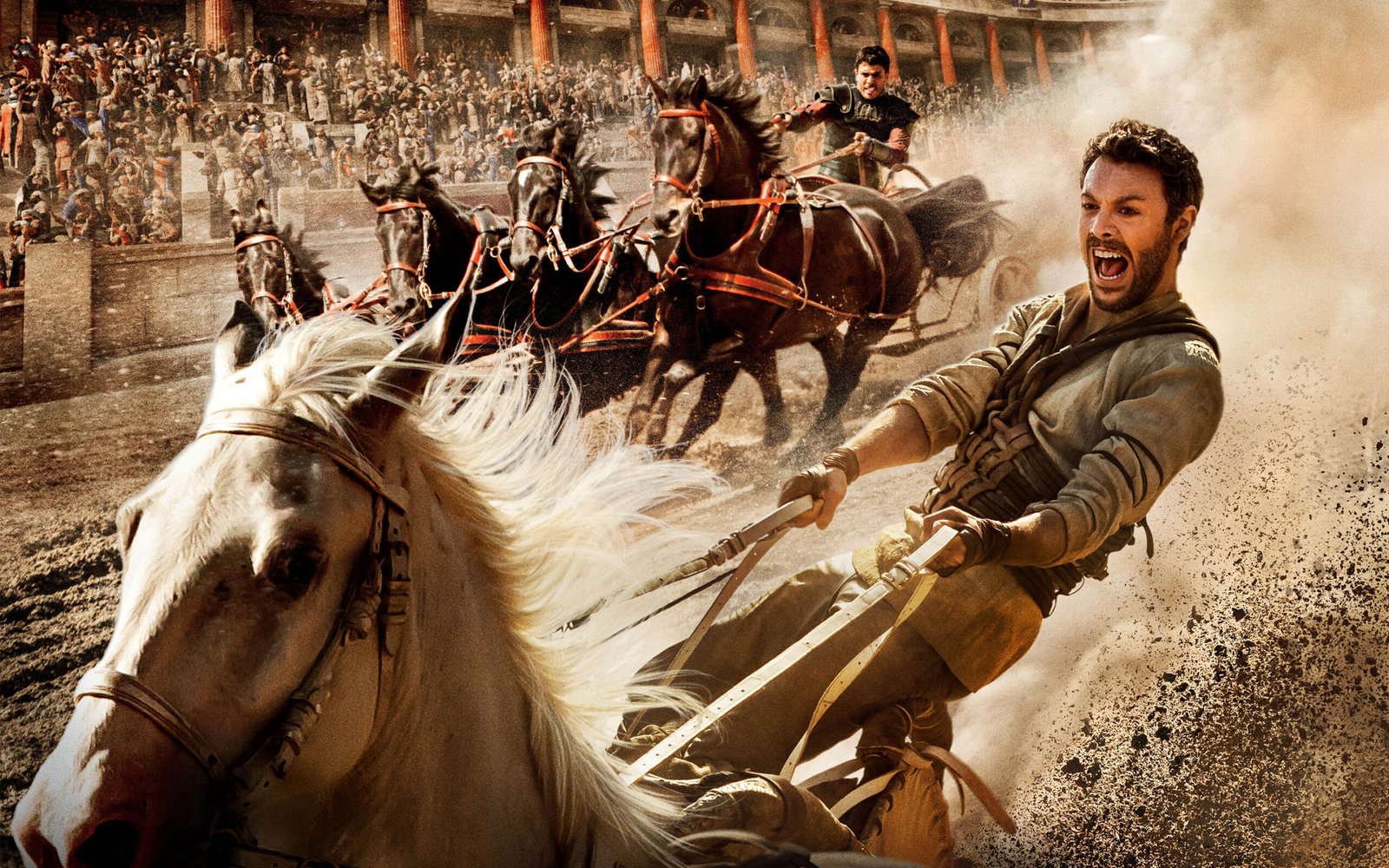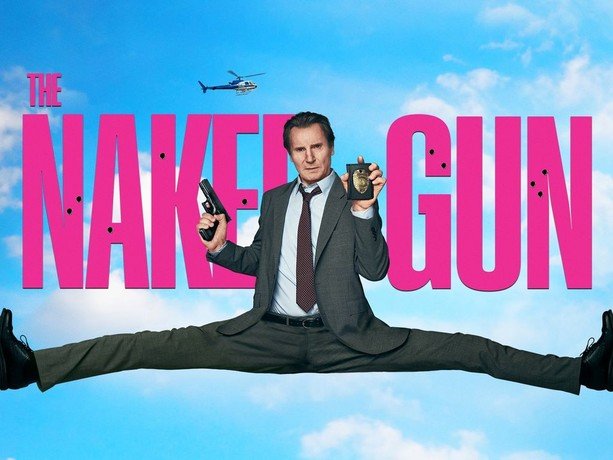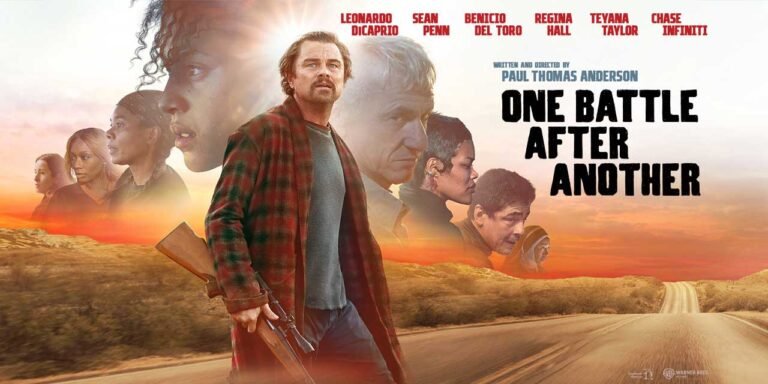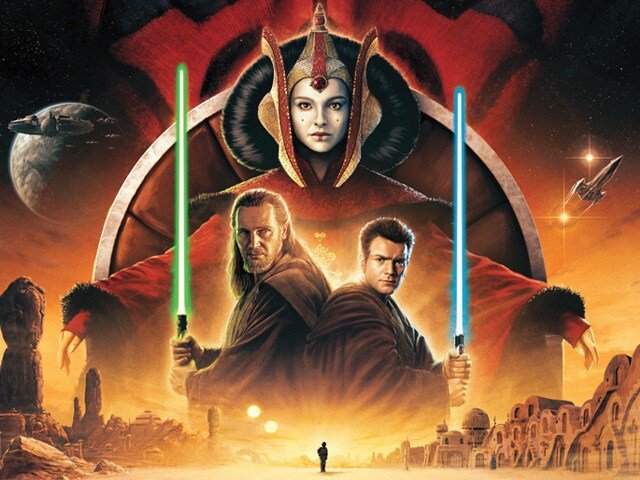
Ben-Hur (2016): Reimagining a Legendary Epic for a New Era
When a film becomes a cinematic landmark, any attempt to recreate its magic is a monumental task. That’s the challenge director Timur Bekmambetov took on with his bold reinterpretation of Ben-Hur (2016), the remake of the iconic 1959 epic. Rather than trying to match the original’s grandeur, Bekmambetov takes a more emotional, human-centered approach—one that refreshes the story for a modern audience while preserving its core themes.
New Motivations and a More Personal Narrative
One of the most notable differences between the 1959 and 2016 versions lies in character development. While the original focused on ambition and betrayal between childhood friends Judah Ben-Hur and Messala, Bekmambetov’s version centers around Judah’s spiritual journey and his quest for forgiveness and peace.
In the 1959 version, subtle homoerotic undertones added complexity to the rivalry. But in this adaptation, that aspect is omitted in favor of a fraternal relationship. Messala is no longer a vengeful ex-friend, but a Roman orphan raised alongside Judah who’s torn by duty when forced to act against Ben-Hur’s family under Pontius Pilate’s orders.
This nuanced take on Messala adds emotional depth and avoids simple villainy. Both men become more relatable, with internal struggles that add gravitas to their choices.
The Transformative Role of Jesus
A key difference between the two versions is the presence of Jesus. In the 1959 film, he was a silent, almost mystical figure. In the 2016 version, portrayed by Rodrigo Santoro, Jesus plays a much more direct and influential role in Ben-Hur’s journey.
Rather than being a distant symbol, Jesus appears multiple times, interacting with Judah and gradually inspiring him to let go of hatred. These encounters infuse the film with spiritual weight, making forgiveness and moral awakening central to the narrative.
This choice not only humanizes Jesus but strengthens the message of reconciliation and peace—offering an emotional anchor to Judah’s arc.
The Chariot Race: A Modern Cinematic Spectacle
Of course, no Ben-Hur remake could ignore the legendary chariot race—arguably one of cinema’s most iconic moments. Bekmambetov embraces the challenge, using cutting-edge technology and digital cinematography to elevate the action.
The race is shot with immersive GoPro and handheld cameras, putting the audience directly in the chaos. It lasts nearly twice as long as the original scene, with breathtaking speed and intensity. While it may not eclipse the 1959 version in cultural legacy, it certainly holds its own as a thrilling modern spectacle.
Jack Huston (Judah) and Toby Kebbell (Messala) commit fully to their roles, delivering physically demanding performances that heighten the realism of the sequence.
A Baroque, Visceral Visual Style
Beyond narrative changes, Bekmambetov’s Ben-Hur stands out for its unique aesthetic. The director describes his visual approach as “baroque and voluptuous.” Warm color palettes, fluid camera work, and kinetic scenes contribute to a sensual, dynamic atmosphere.
This style distances the remake from the grand, theatrical tone of the original. Instead, it delivers a more intimate, emotionally charged experience—every frame rich with movement and texture, like a Renaissance painting brought to life.
A Message for Modern Audiences
At its core, Ben-Hur (2016) is about personal redemption, spiritual transformation, and the power of forgiveness. These timeless themes are reframed through a modern lens, offering fresh insight without sacrificing the soul of the original.
Bekmambetov avoids mimicking the past and instead crafts a film that speaks to contemporary values—highlighting peace over vengeance, empathy over pride.
Conclusion: A Worthy Reinterpretation
While Bekmambetov’s Ben-Hur may not reach the epic scale or acclaim of the 1959 masterpiece, it doesn’t need to. It stands firmly on its own, delivering a relevant, emotionally resonant take on a classic.
With its focus on forgiveness, a compelling reimagining of Messala, a powerful depiction of Jesus, and a visually stunning chariot race, the film brings new life to an old legend. It’s a reminder that even the most revered stories can be retold with fresh perspective—and still inspire.



